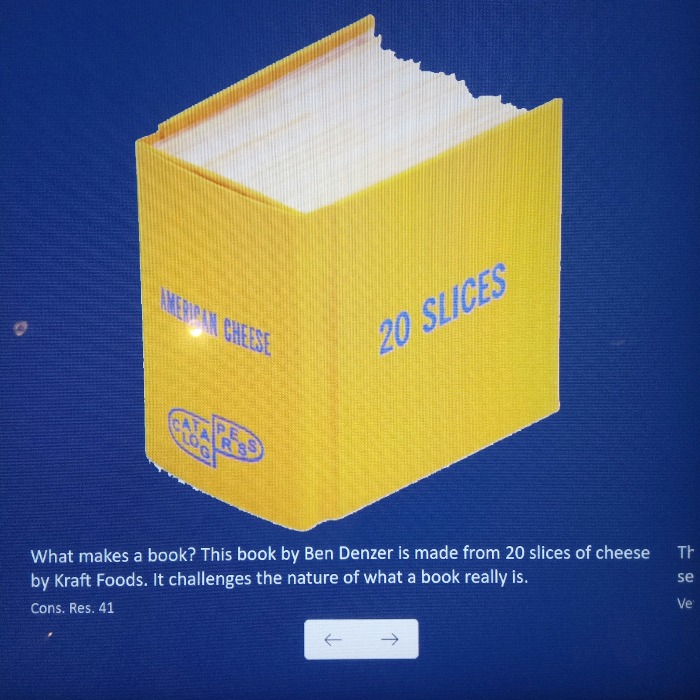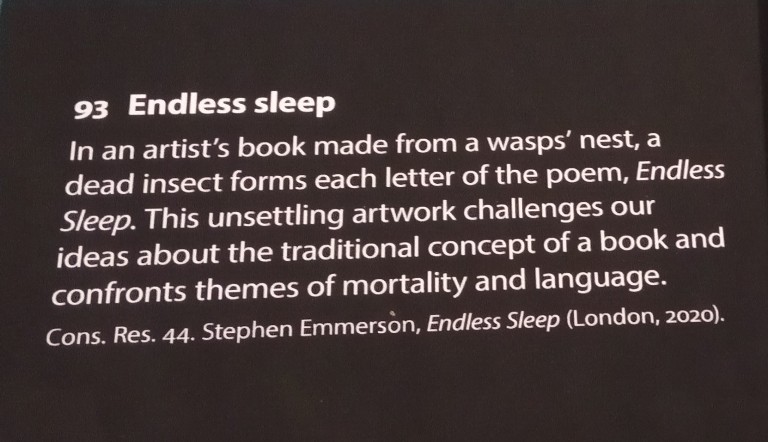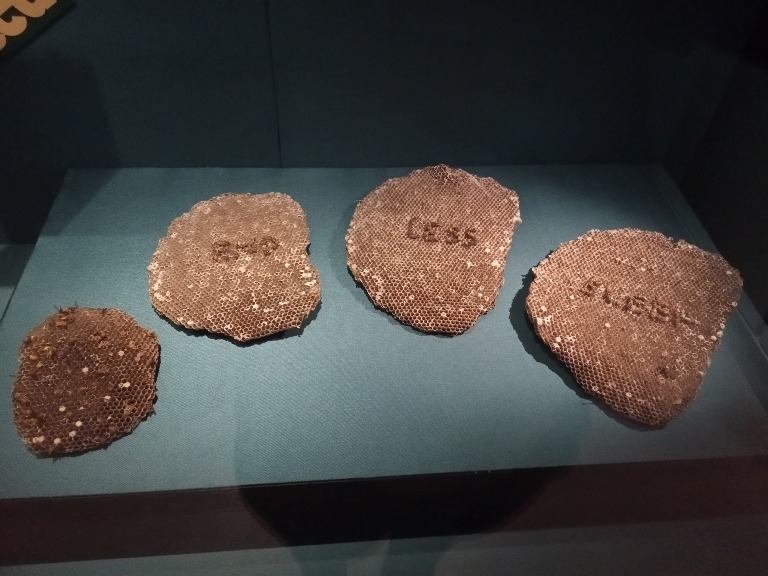Blog entry by Martina Juričková
Recently, I visited and exhibition at the Bodleian Library, Oxford. I took a couple of snapshots of items there that may fascinate also other literature geeks that would not otherwise have any opportunity to see them. Teachers can also show these in their classes to illustrate the topics they are studying.
Take a walk with me through the history via the displayed exhibit items.
Here is a piece of paper displaying an excerpt from the Old Testament in original Hebrew:

Jumping in time, here are versions of the Old Testament in Old French and Old English.

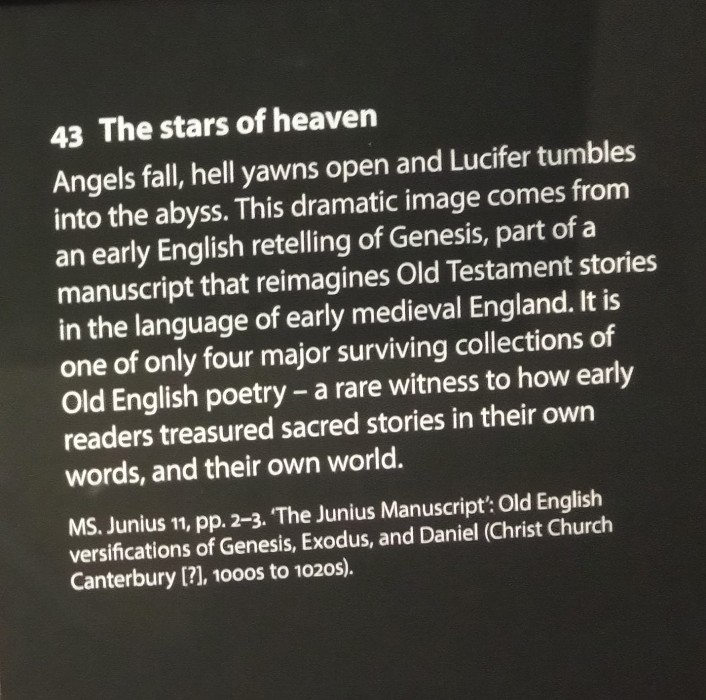
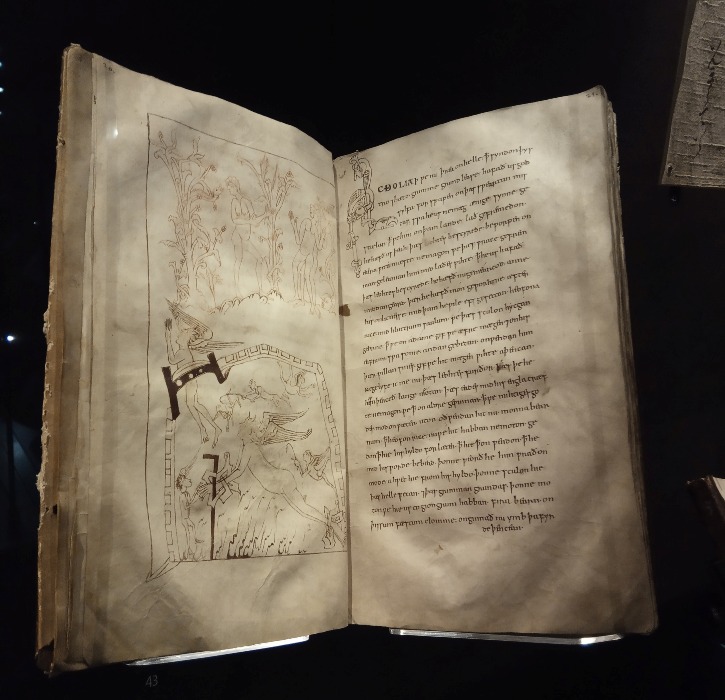
And Gutenberg’s Bible
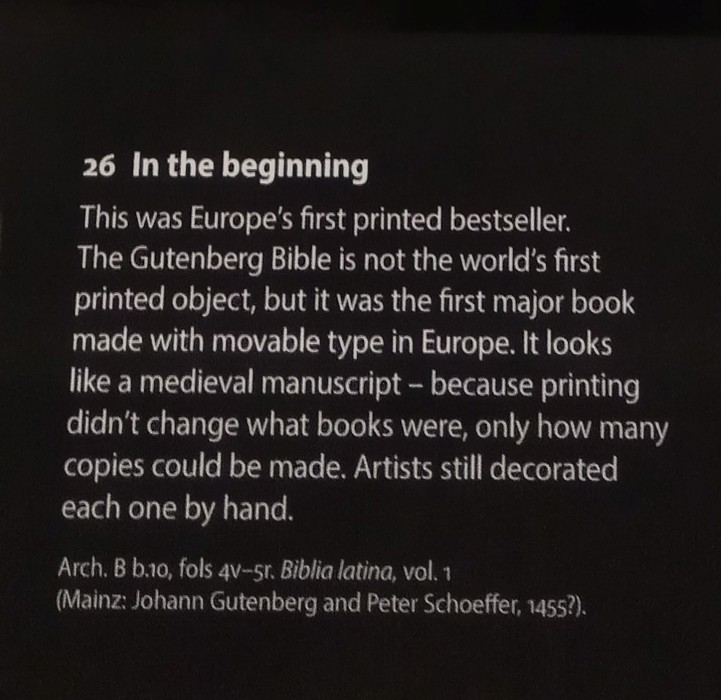
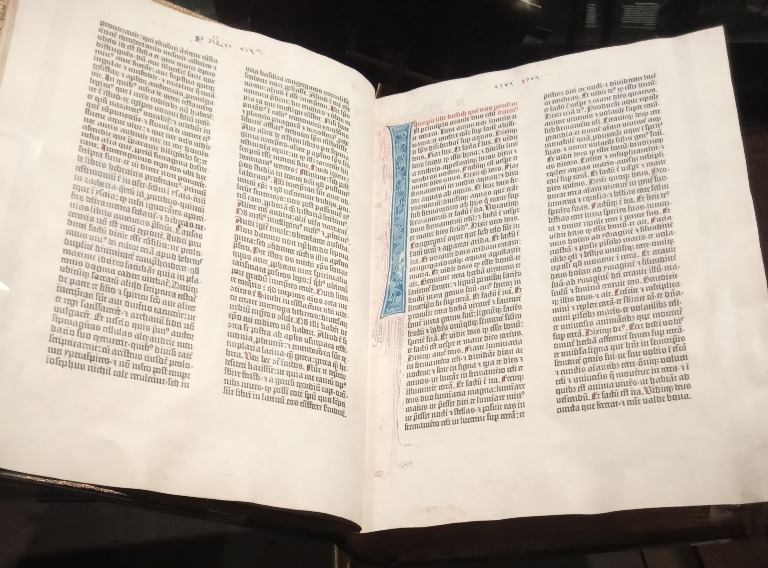
King Henry VIII’s Bible with personal notes in it

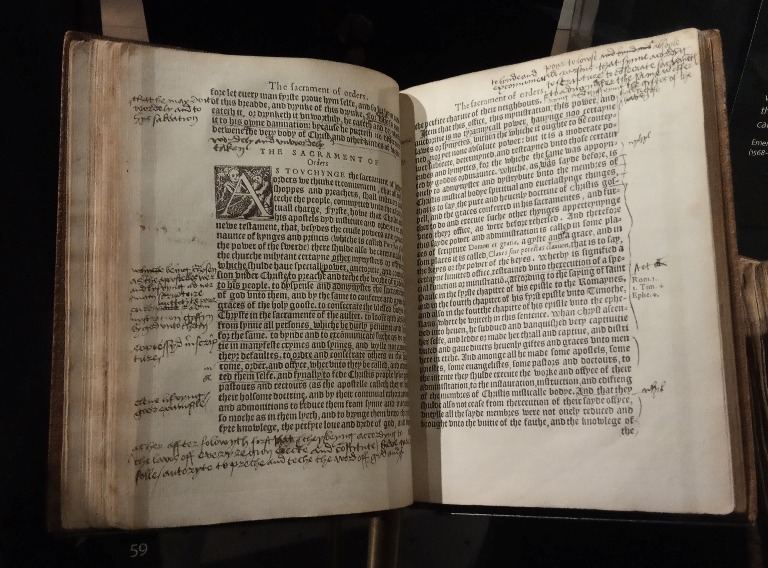
The first Puritan Psalm’s Book
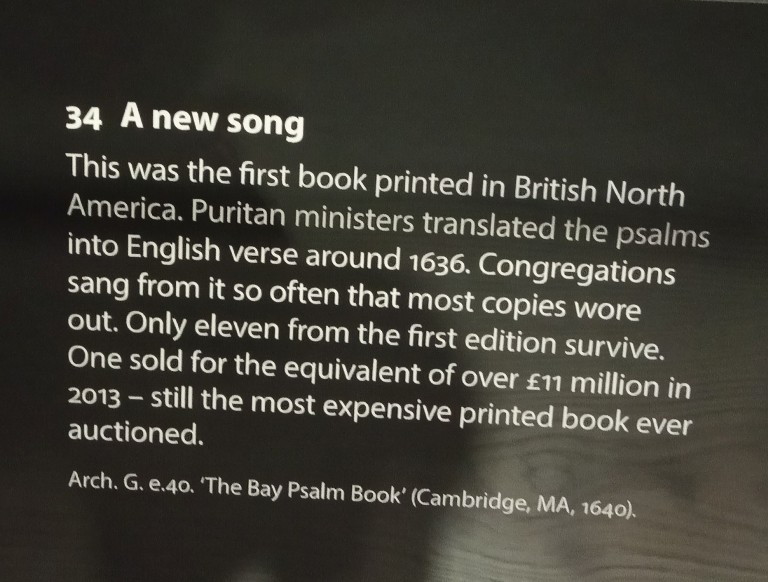
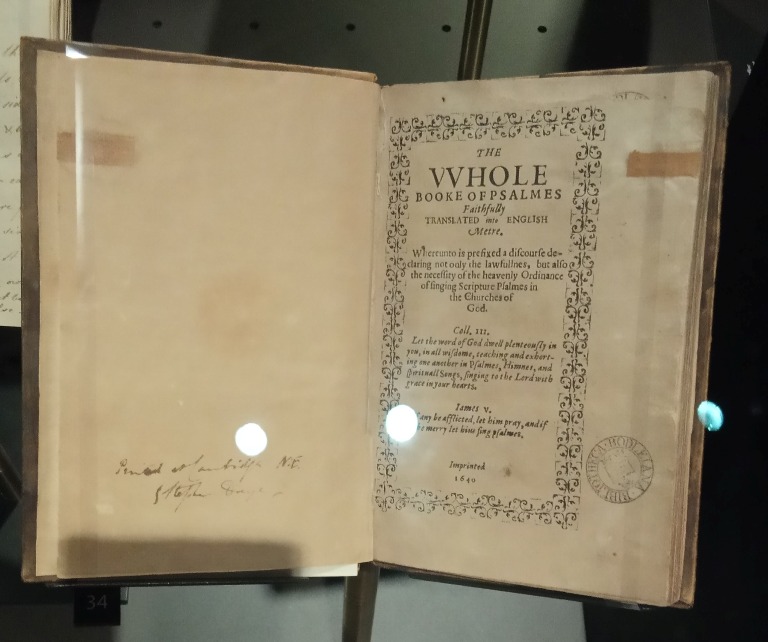
But lets go from Bibles and religious books to other old literary artifacts, like this version of Homer’s Illiad
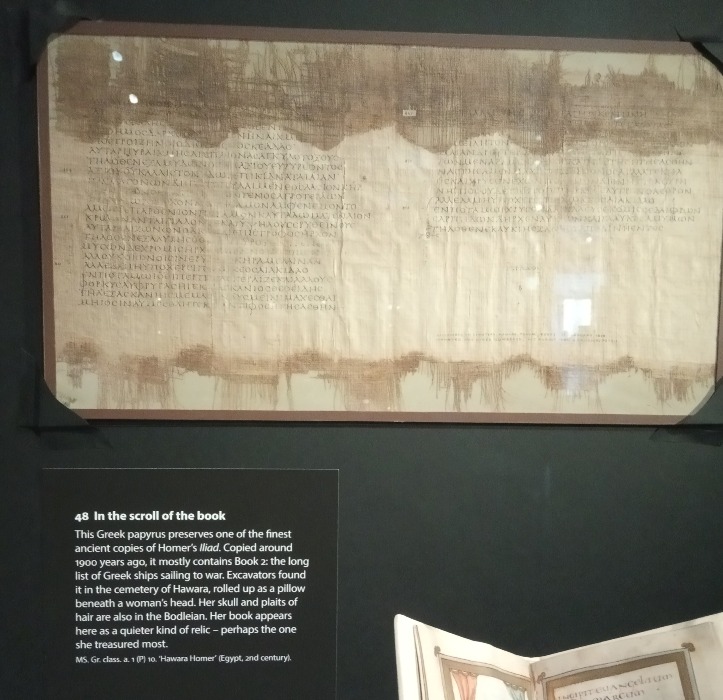
Here is a scroll that got burn during the eruption of the Vesuvius volcano. Despite its charcoal-like state, modern technology is able to read even such documents.
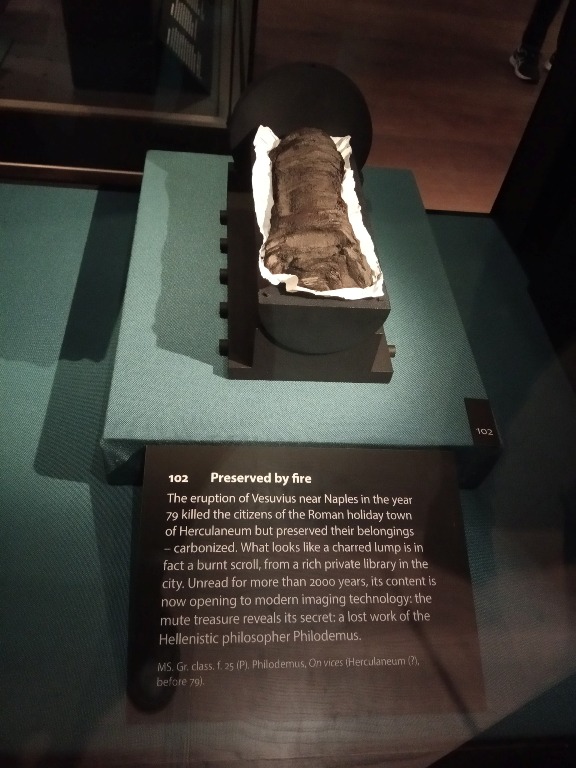
Moving on to 13th century, here is an essential document regulating the rights of British monarchs and aristocracy, the Magna Carta.
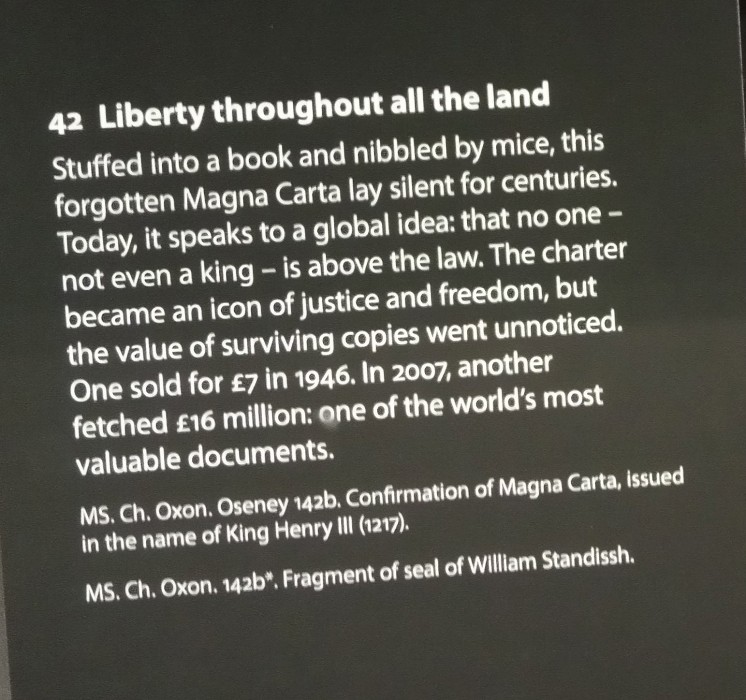
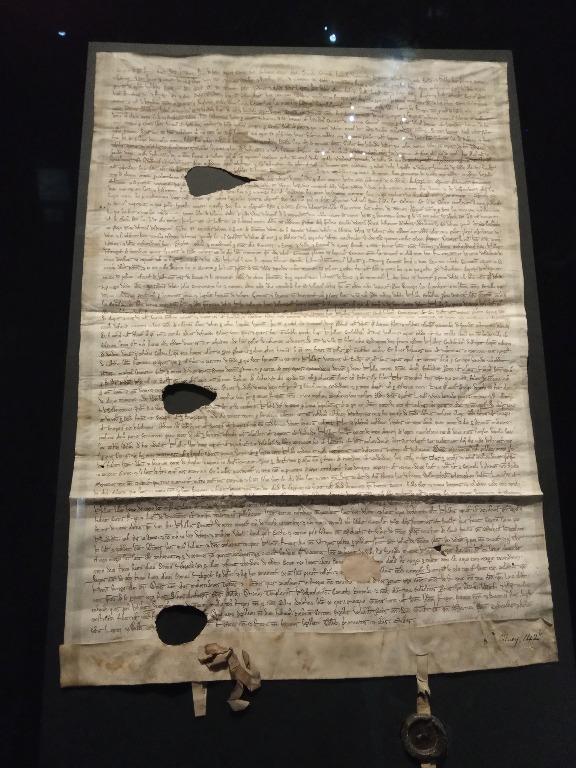
A curiosity is this early map of the British Isles, the top of which indicates East instead of North as we are used to nowadays.
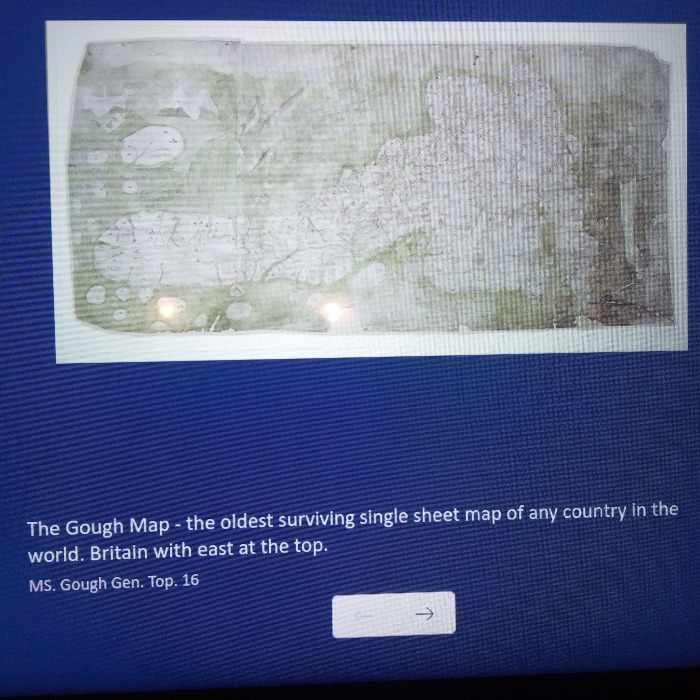
A major figure of British literature in the 15th century was Geoffrey Chaucer, called the Father of English Literature because he consistently wrote in English to propagate it as the language of the united nation, freshly freed from the Norman (French) occupation. This picture does not do justice to depicting the size of the collected works of Chaucer, since the surrounding books are of similar size. Don’t be fooled by it! The book is about 50-60 cm tall! (I didn’t measure it, but it was like half-a-leg tall.)
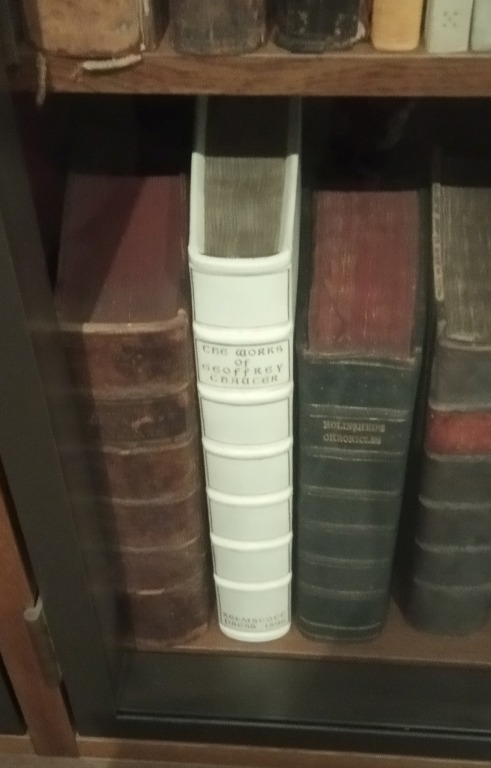
Medieval era was followed by the Renaissance era, and the major literary figure in Britain during this time became William Shakespeare. Here is his folio.

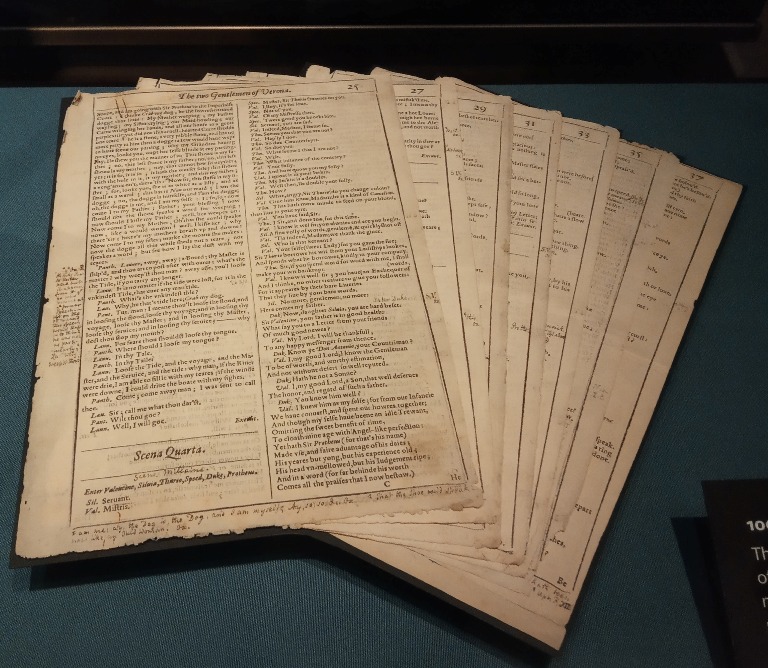
Despite the development of literature, the Renaissance era was not always peaceful. Just outside Oxford stand a residence that bears witness to the First English Civil War. Here the Royalist surrender of Oxford was negotiated with the Parliamentarians in May-June 1646.
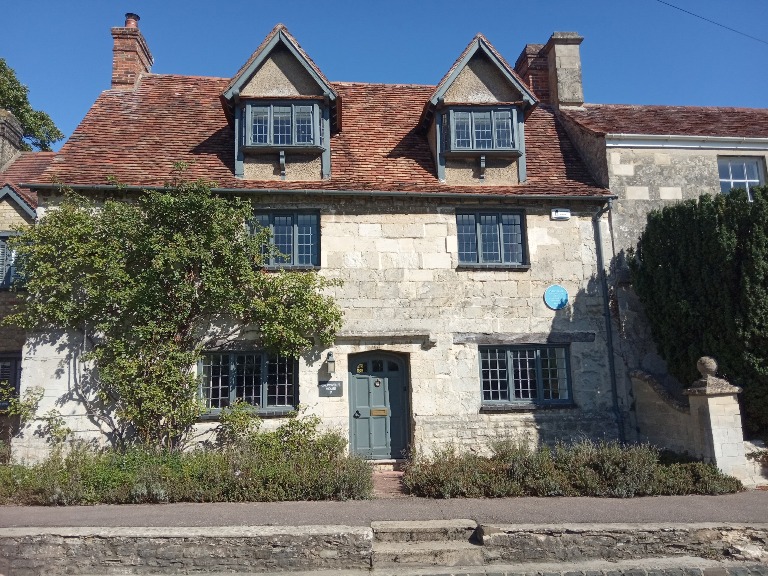
After Renaissance comes Romanticism. Robert Brownings. Here is a newspaper article about him and his relations.
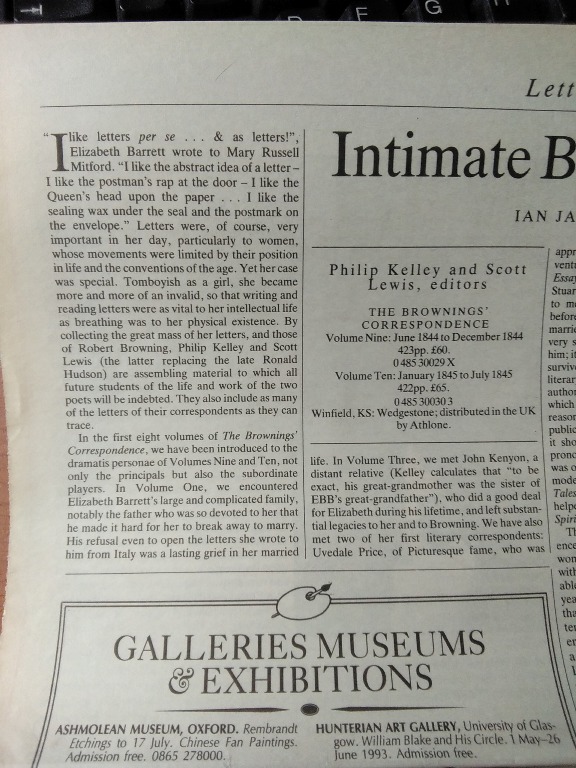
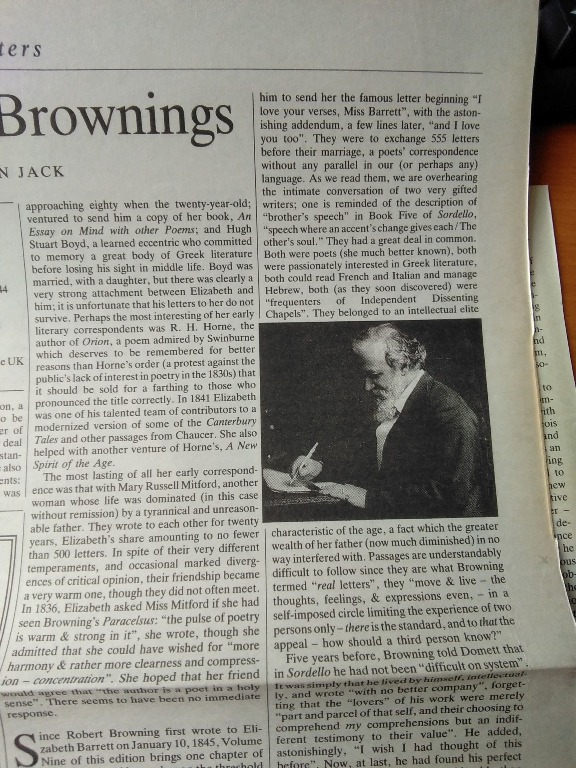
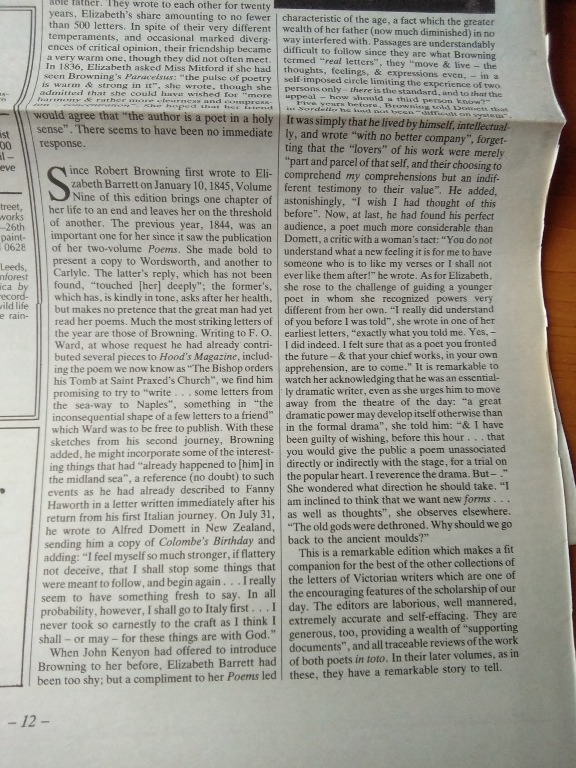
Romanticism was an era when even females started to build their renown through literature, such as Mary Shelley, the authoress of "Frankenstein".
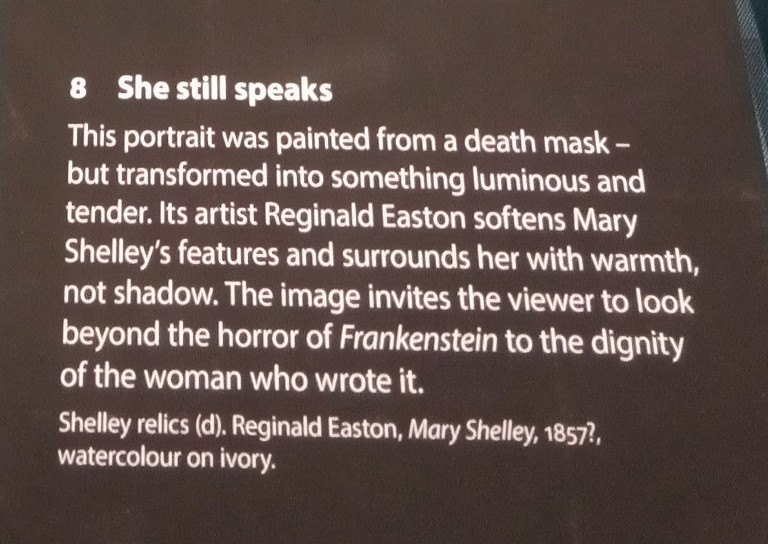

Her manuscripts show corrections and suggestions from her husband Percy.
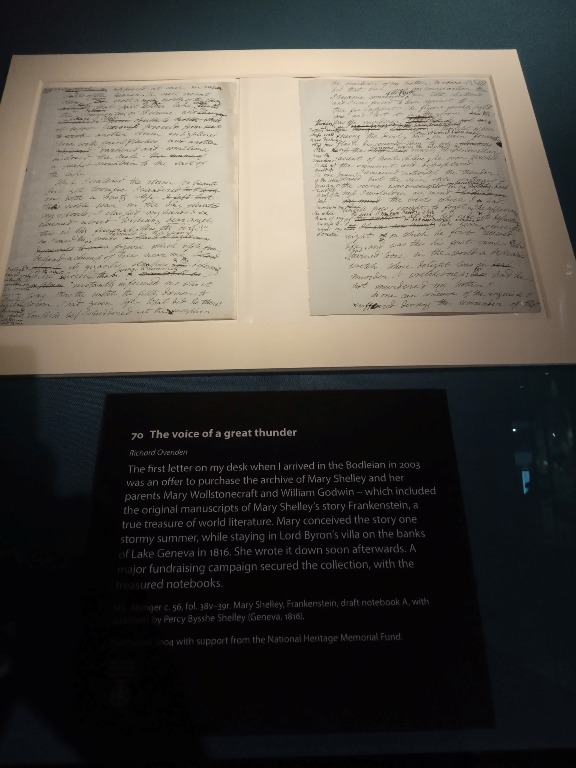

A curiosity at the exhibition was Percy’s baby golden rattle.

Female writings, particularly domestic novels, gained popularity mainly thanks to Jane Austen’s work. Notice her polished handwriting.

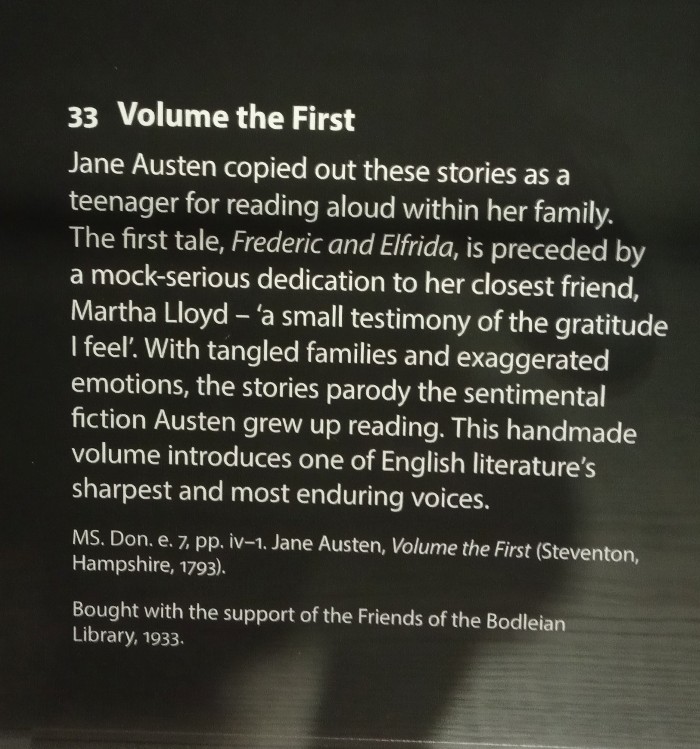

This is an excerpt from her abandoned story "The Watsons"
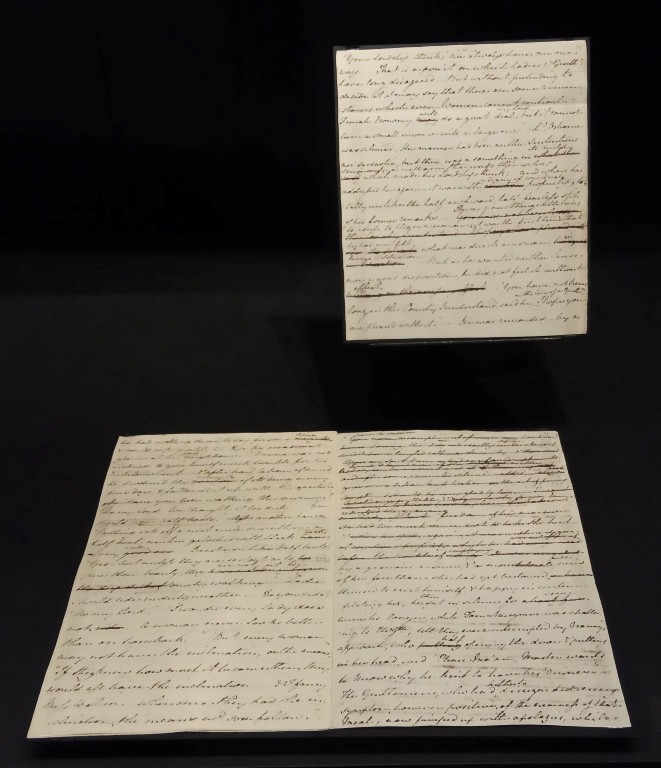
From 19th century writers, the library displayed the manuscripts of Franz Kafka.
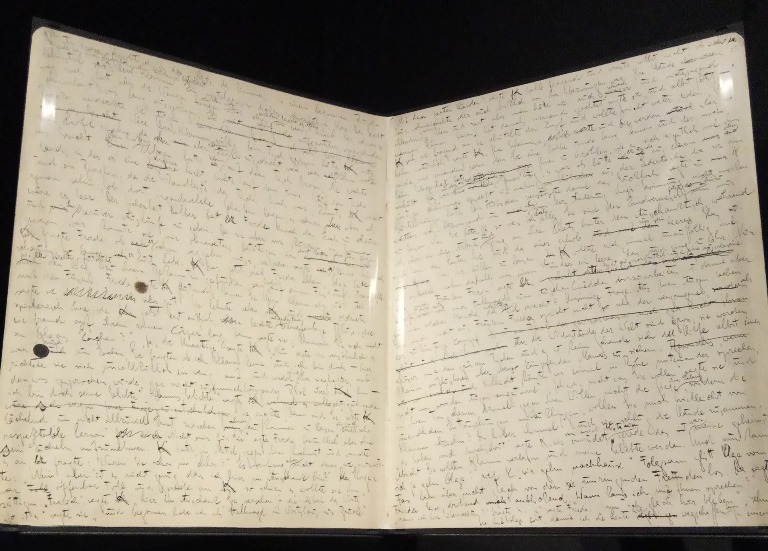
And by Lewis Carrol, the author of "Alice in Wonderland".


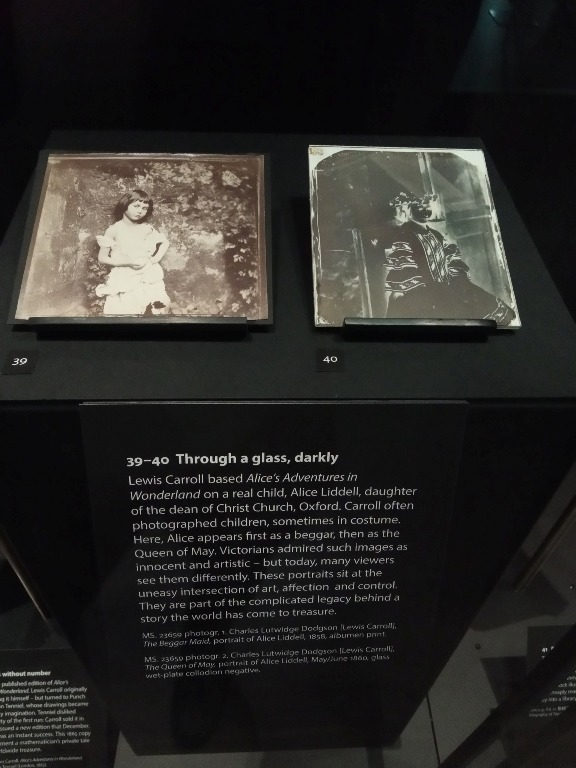
And 20th century is represented by a poem by W. H. Auden, "The Plane Tree".
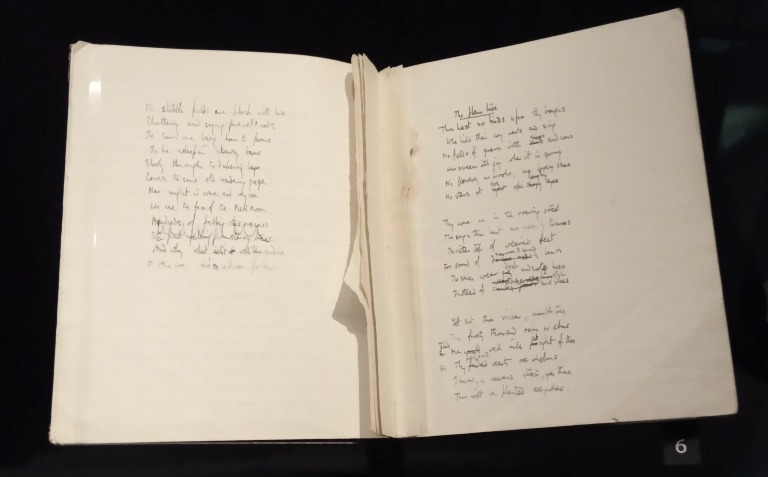
And by Samuel Beckett’s writings. Creative as he was, he used to drastically rewrite his texts, crossing or even cutting out sections of the text. He was also known to write on random pieces of papers, such as cigar box, and illustrate his texts heavily. But even when he managed to shape his texts into forms he was satisfied with, that was no end to the editing process as his work was often censored (See the markings in the typed versions of his works).
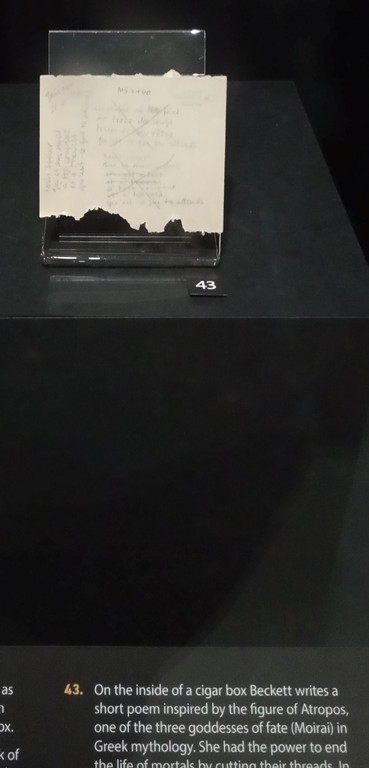
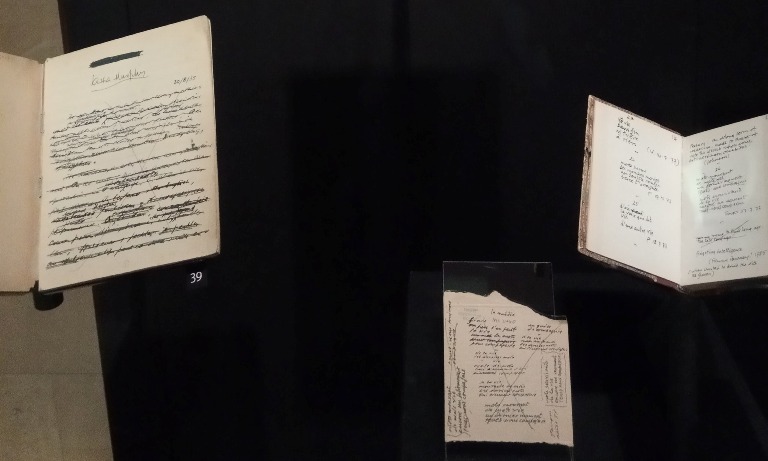
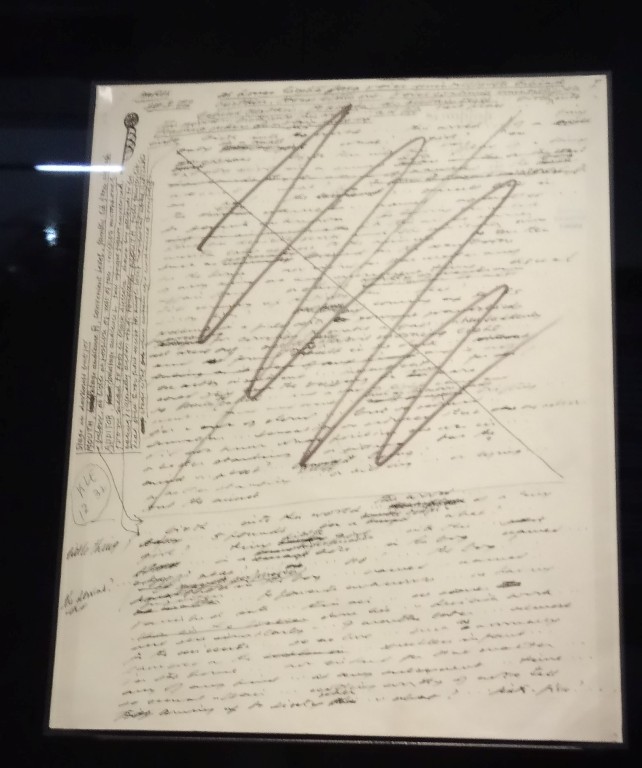
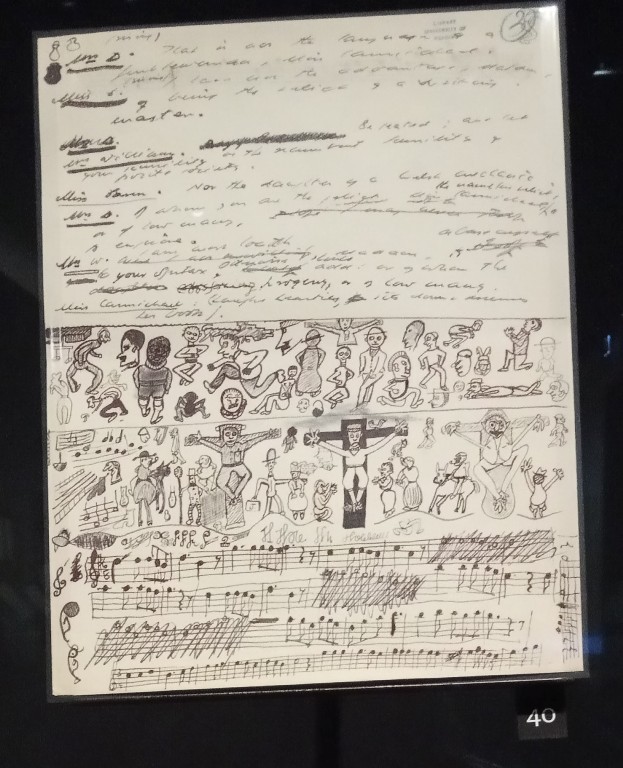
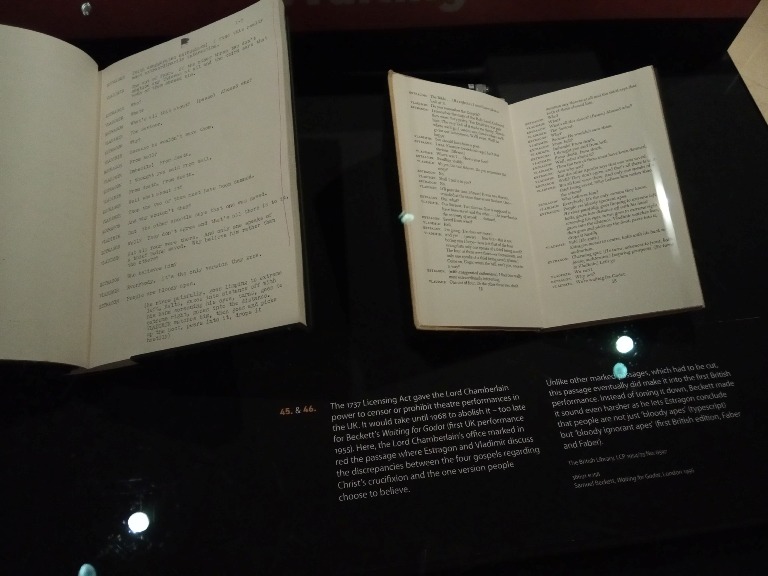
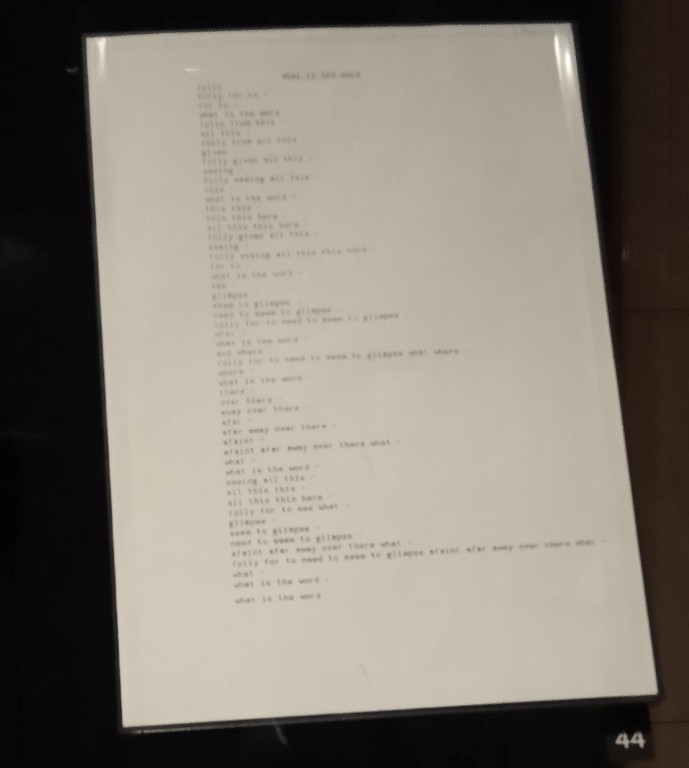
The literary experimentation, though, only started with Beckett. The postmodernist literature even dares to challenge the concept of a book itself, as proven by this cheese and wasp nest "books".
